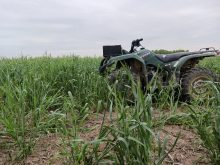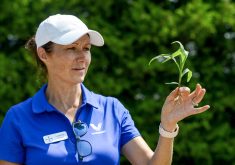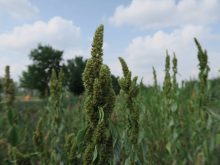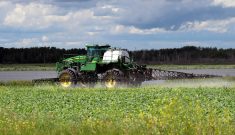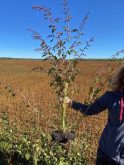Clarence Swanton has spent the past 25 years establishing and re-establishing standards for weed management.
First, he studied the critical weed-free period, the time frame in which weed control affects yield. In the late 1990s, there was preliminary research on the effect of light quality on weeds and neighbouring plants.
Each discovery came with updates on the level of interference caused by germinating and emerging weeds.
Read Also
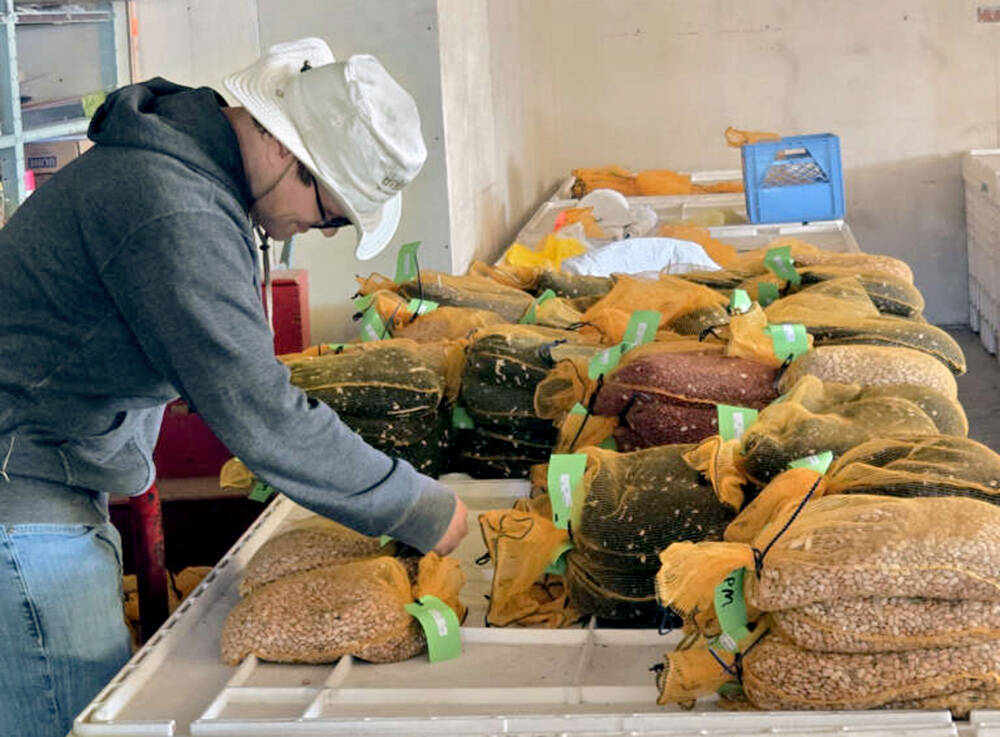
Bean research breeds community giving
University of Guelph dry bean researcher Dr. Mohsen Yoosefzadeh Najafabadi champions sustainability by donating surplus breeding program beans to support food security and community art initiatives.
Why it matters: Research could result in a better understanding of how to control weeds without losing yields or increasing inputs.
But recent research conducted by Swanton, a research scientist with the University of Guelph, along with David Horvath of the United States Department of Agriculture, has challenged the long-held belief that competition for light, nutrients and water in a plant is the primary cause of weed-induced yield loss.
That would alter established principles of weed management, said Swanton.
The study found that increasing resource inputs, such as applying more nitrogen to compensate for an insufficiency, did not return yields to near 100 per cent. As Swanton and Horvath wrote in their published findings, “a Google Scholar search of the phrase ‘weeds compete with crops for’ yielded nearly 1,000 hits, yet almost none cite any specific study to corroborate that statement.”
There is evidence to show plants compete with weeds for light and water, so that has become a standard.
“That’s our understanding at this point as to the principles of competition,” said Swanton.
“I don’t’ refute that. I say, yes, it probably does, but it probably occurs when you’re down to the last molecule of water. I look at it as something that is secondary, but I don’t believe it’s the primary cause of competition.
“If we try to add more nutrients, we don’t get any difference. It appears from our research that the presence of early weeds can change the yield potential of the crop very early in its life cycle, and it’s irreversible.”
History confirms
That finding goes back to the 1930s and ’40s, to work conducted by Thomas Pavlychencko and J.B. Harrington in Western Canada. It was done before growers had today’s selection of herbicides.
Their study, “Competitive efficacy of weeds and cereal crops,” was published in the Canadian Journal of Research and highlighted the question of whether crops can vary their response to weeds.
“The next logical question was, can we compensate by adding more nutrients?” said Swanton. “Within the last 10 years, there are still some studies where they tried to offset competition by adding nutrients.
That thought has continued but we’ve never been able to compensate for that yield loss.”
He’s hoping these latest findings will enable researchers to pull apart the various mechanisms of competition, and in doing so, determine whether these are new mechanisms. They may also learn whether this process changes the industry’s understanding of competition.
There’s more
One of the other intriguing findings is that signals produced by weeds can cause an alteration in crop growth. Those signals may come through light quality, soil-borne chemicals and or volatile chemicals. Changes can induce a stress response from crops, which may suppress growth through a repression of a signalling system known as the Target of Rapamycin.
The signalling response is the plant’s ability to detect its neighbours, said Swanton, and from his perspective, plant competition begins with plant communication.
“Plants detect their environment and they respond to it. (The plant) reads what’s going on and if it’s a weed, in particular, it’s going to change its physiology and do so in a way that has some long-term implications for the plant,” he said.
“What’s helpful for farmers is that it provides the science behind our early season weed-control recommendations about ‘Start Clean and Stay Clean,’ and why we stress that it’s so important. The longer-term implications are changing our views of competition, and even further along is determining if breeders can use this information to modify the plant.”




